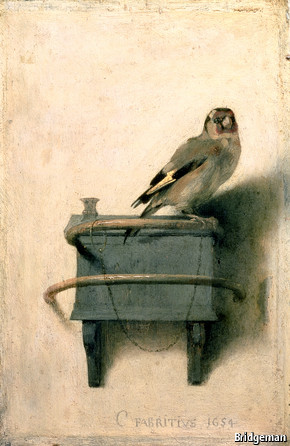The Virtues of the Table
The Virtues of the Table: How to Eat and Think, by Julian Baggini, Granta, RRP£14.99, 320 pages
Surely it’s not quite healthy, surely it’s not quite right, this obsession we have with – let’s be frank – stuffing our faces. Look, there’s The Great British Bake Off’s Paul Hollywood casting a scathing eye over a tottering croquembouche; there’s Nigella Lawson, gazing adoringly into the cornucopia of her fridge; and here you are, standing at the grocery store checkout with goat’s cheese and a goose egg in your basket and wondering, how did it come to this?

